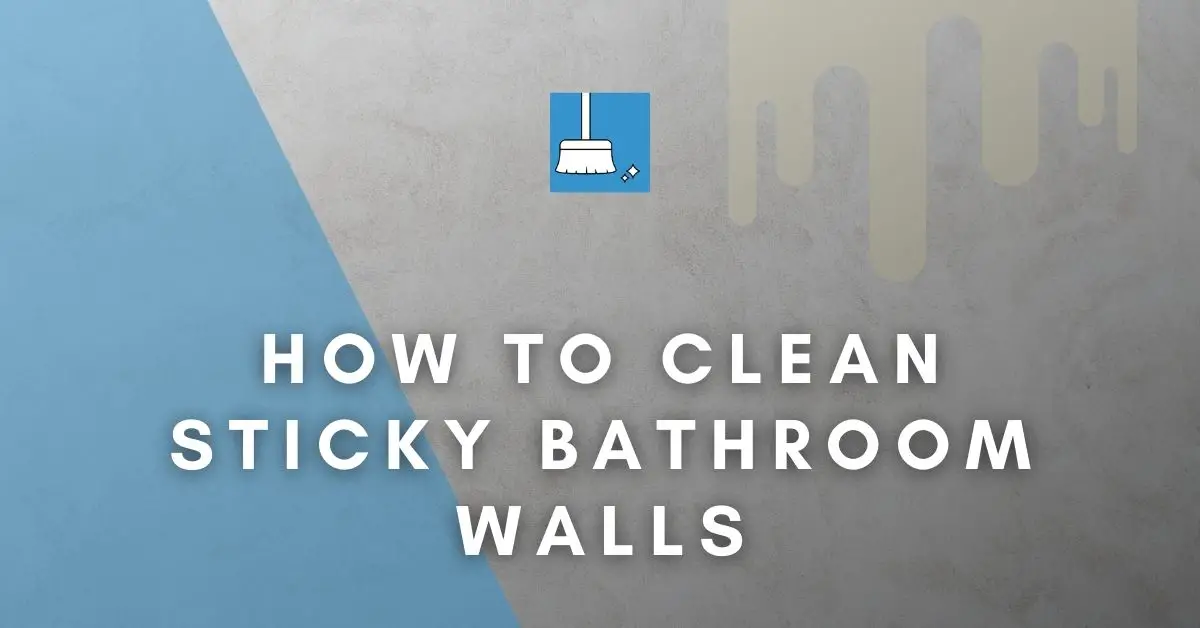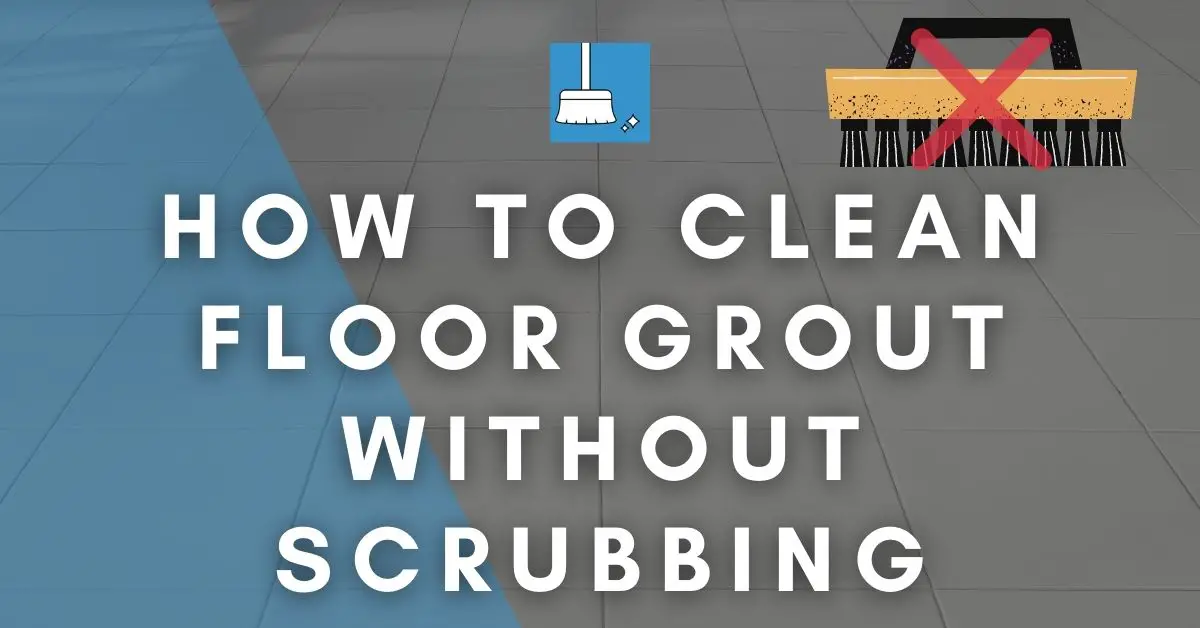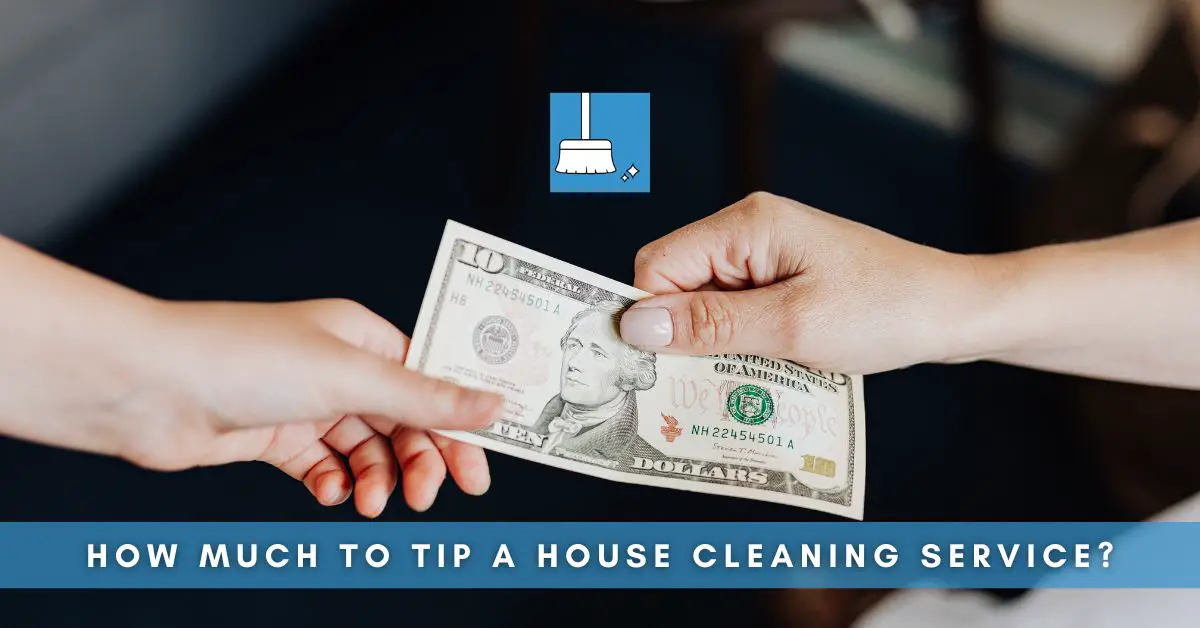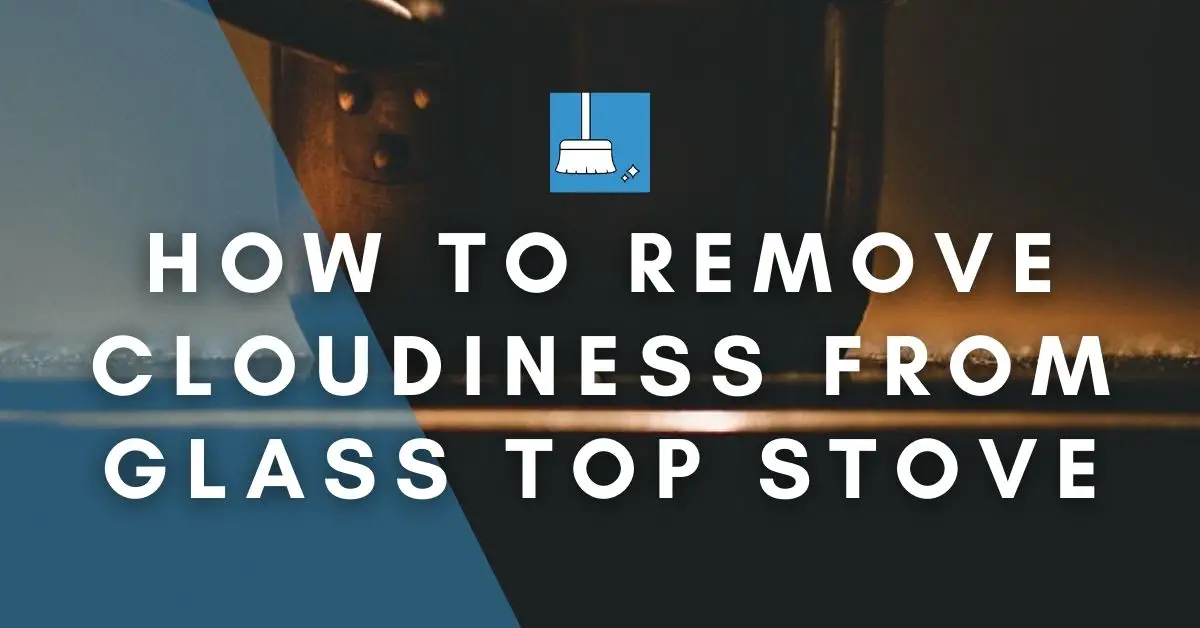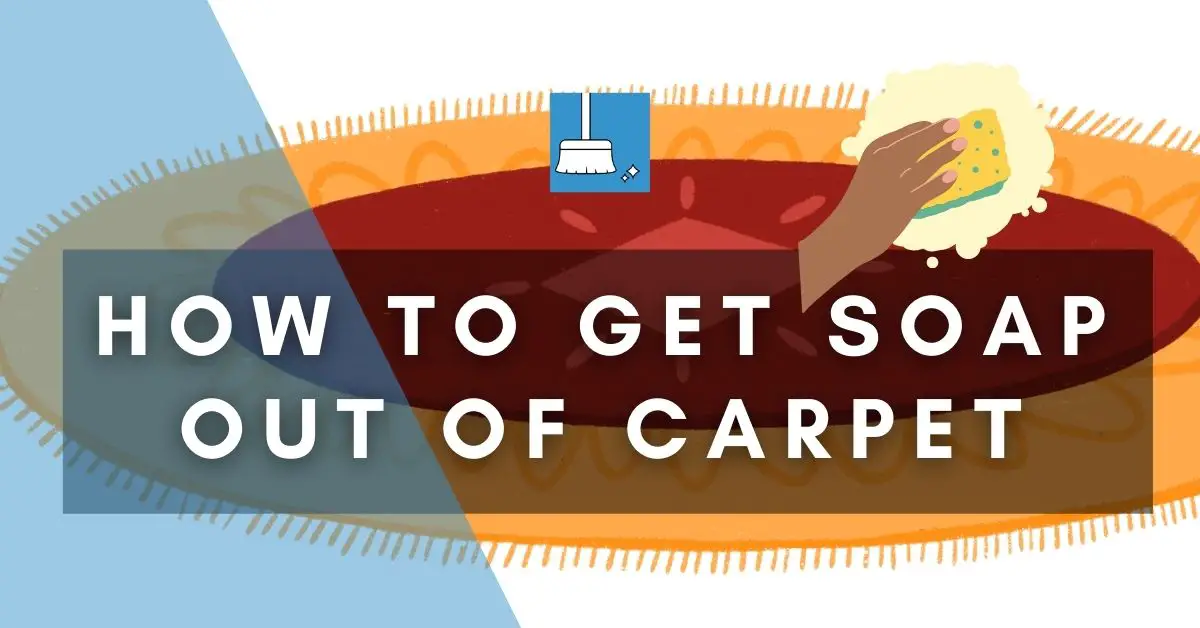Does your bathroom wall feel sticky anytime you place your hand on it? Or Have you recently observed a sticky layer on your bathroom walls? In any case, your bathroom walls are sweating out something sticky and gross. Right?
Relax, You’re not alone!
A sticky bathroom wall is not uncommon, and the presence of a sticky substance on your bathroom walls is usually no cause for alarm.
Why Are My Bathroom Walls Sticky?
Here are some of the common causes why your bathroom walls can become sticky!
Smoke or Heat
If you have observed that your bathroom walls are sticky, you may need to check with your neighbor whether they engage in activities that emit smoke, especially smoke from cigarettes. It may be that an adjacent room in your house is used for cigarettes.
Nicotine damage is very common on walls, and it is usually a result of smoke and tar from cigarettes. This kind of stain is quite pronounced because of its yellow color.
If your gas is anywhere near your bathroom, the heat from the gas can also cause your bathroom walls to be sticky.
Wallpaper Residue
When installing wallpapers on your bathroom walls, the glue or paste used during the process can also contribute to a sticky wall.
Condensed Moisture
When the steam from hot water in the bathroom condenses, or moisture collects in your bathroom due to inadequate ventilation, it will likely cause your walls to be sticky when mold begins to grow.
Surfactant Leaching
Using water-based paints, which are also known as latex paints, can also cause your bathroom walls to become sticky, especially if the initial paint (in cool and humid conditions) coat did not dry before applying the final paint coat. These latex paints (even sealers) let the moisture penetrate your walls.
How to Clean Sticky Bathroom Walls (7 Methods)
Now that you have identified the cause of the sticky nature of your bathroom walls, let see how you can clean them.
Method 1: Using Trisodium Phosphate
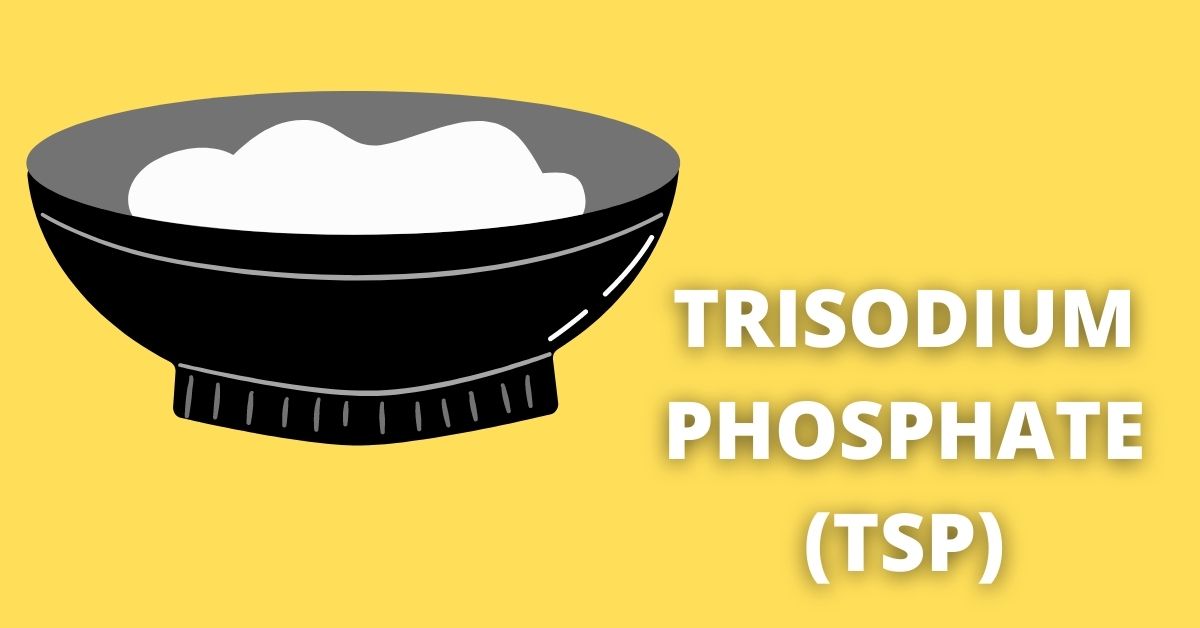
Trisodium Phosphate, popularly known as TSP, is a cleaning agent used to clean sticky bathroom walls because of its alkaline properties.
Professionals have been using TSP to remove grease, mildew, and soap scum from different kinds of surfaces before painting because it is a powerful degreaser.
When using TSP to clean your bathroom walls, ensure you wear protective gear like gloves, safety glasses, and long sleeves.
YOU’LL NEED
Safety gear (Gloves, Safety glasses, respirator/mask)
Trisodium Phosphate (1/4 cup)
Water
Microfiber cloth
Clean cloth
STEPS
STEP 1- Mix one-quarter cup of TSP with a container filled with one gallon of water. However, if your walls are very sticky, you can use a half cup of TSP.
STEP 2- Dip a microfiber cloth or sponge into the solution just enough to make sure it’s damp and not dripping wet.
STEP 3- Apply the solution on the wall with the sponge/cloth, starting from the lower parts of the wall to the upper parts, and leave the solution on the wall for one-two minutes, but prevent the solution from drying out.
STEP 4- Begin to scrub the sticky marks on the wall with the sponge, and rinse with hot water.
STEP 5- Use a clean cloth to dry the wall immediately after.
Method 2: Using Lemon Juice & Baking Soda
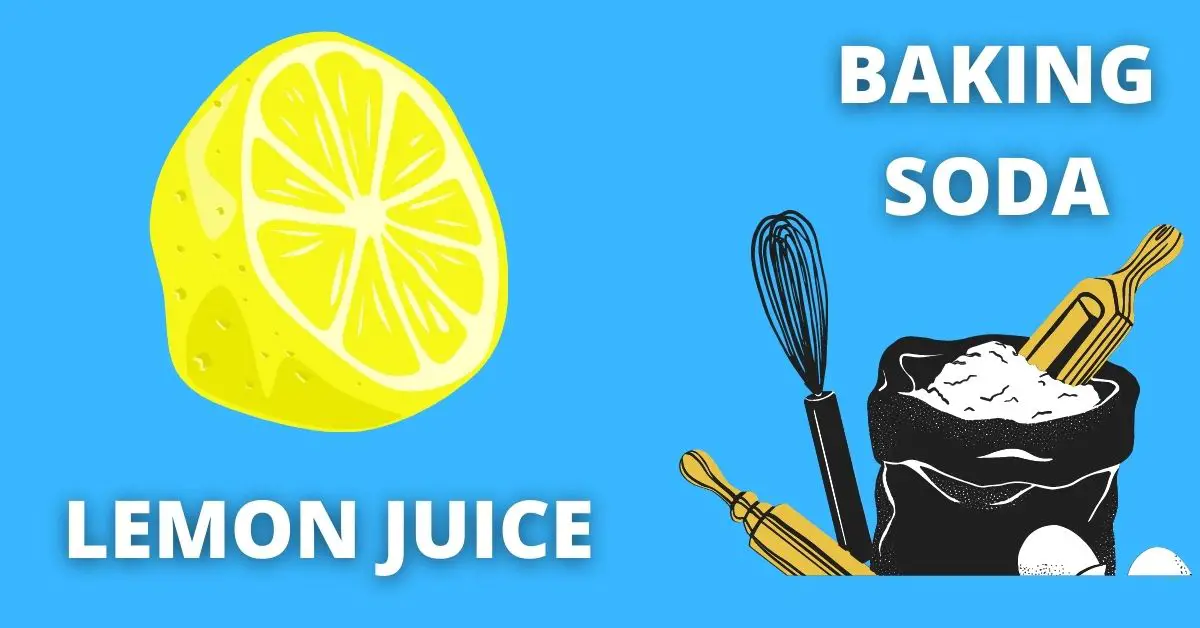
Baking soda is a mild abrasive that is is ised in cleaning purposes in various settings. (1)
YOU’LL NEED
Baking soda (1/2 cup)
Lemon Juice (1/2 cup)
Water
Sponge (2)
Cif bathroom cleaner
Dry cloth
STEPS
STEP 1- Mix half cup of baking soda with a half cup of lemon juice and three liters of water.
STEP 2- Dip a sponge in the mixture and use it to apply the mixture to the sticky bathroom wall. After you have covered all the drip marks on the wall, leave the mixture on the wall for about 5 minutes.
STEP 3- Dampen a new sponge with water, and this time around, use it to clean the sticky stains off your wall.
STEP 4- To avoid watermarks from appearing on the walls after cleaning, treat the wall with a Cif bathroom cleaner. This step is, however, optional. Apply the bathroom cleaner on the wall and leave for about five minutes, after which
STEP 5- Now you can use a dry cloth to wipe your clean wall.
Method 3: Using Dishwashing Soap & Water
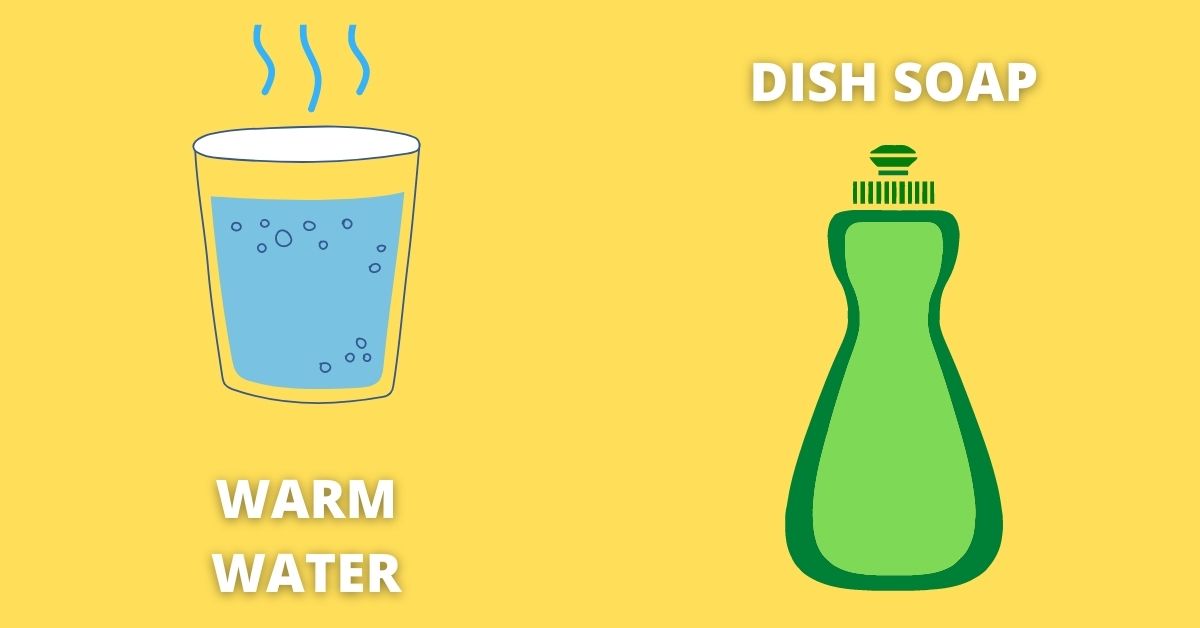
NOTE: If surfactant leaching is the reason behind your sticky bathroom walls, dishwashing soap and some water should be enough to restore the look of your bathroom wall. However, if the sticky stain on the wall results from other factors, you should consider adding borax and ammonia to the solution.
Borax is a white powdery substance that has many different applications and has been used for cleaning for decades. People especially use it to get rid of stains, mold, and mildew. You must use safety gear to avoid inhaling Borax. (2)
YOU’LL NEED
Protective gear (Gloves, respirator/mask, safety glasses)
Dish soap
Water (1 Gallon)
Borax (Half cup)
Ammonia (1/2 tsp)
Spray bottle
Dry cloth
STEPS
STEP 1- Wear your safety gear and prepare a solution of water and soap by mixing 1 ounce of soap with a gallon of water. Add half-cup of borax and one teaspoon of ammonia to the mixture.
STEP 2- Put the solution in a spray bottle and spray it on the wall and leave it for about 5 minutes.
STEP 3- Use a dry cloth to wipe the sticky substance off the bathroom wall and rinse with water afterward.
The leachable material from your paint needs to be removed completely, so it might occur a few more times so you need to repeat the same method when that occurs.
Method 4: Using Diluted Ammonia
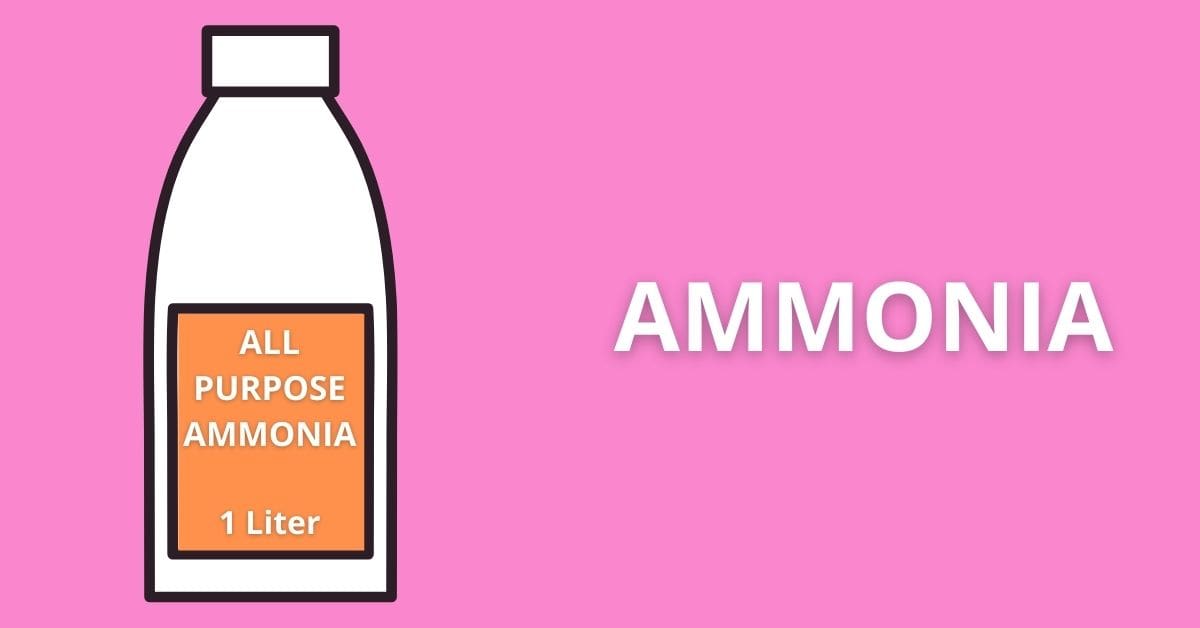
Diluted ammonia is simply ammonia mixed with water, and it is an excellent cleaning agent as it breaks down oil and grease on walls.
As a precaution, ensure you put on rubber gloves and open your bathroom windows because of the harmful effects that Ammonia can have upon your lungs and eyes. Also, never mix Ammonia with Chlorine bleach as it produces Chloramines that's even worse for your health.(3)
YOU’LL NEED
Protective gear (Gloves, respirator/mask, safety glasses)
Ammonia (2 cups)
Cold water
Sponge
Dry cloth
STEPS
STEP 1- Mix one or two cups of ammonia with a gallon of water, preferably cold water, because cold water will reduce the unpleasant odor of ammonia.
STEP 2- Use a sponge to apply diluted ammonia solution on the sticky parts of the wall and scrub from top to bottom.
STEP 3- When cleaning with diluted ammonia, clean the walls in individual sections to prevent the solution from drying out.
STEP 4- Rinse each section with water immediately after cleaning and use a dry cloth to dry. Never allow the wall to air-dry as the process may leave water stains behind.
Method 5: Using Magic Eraser
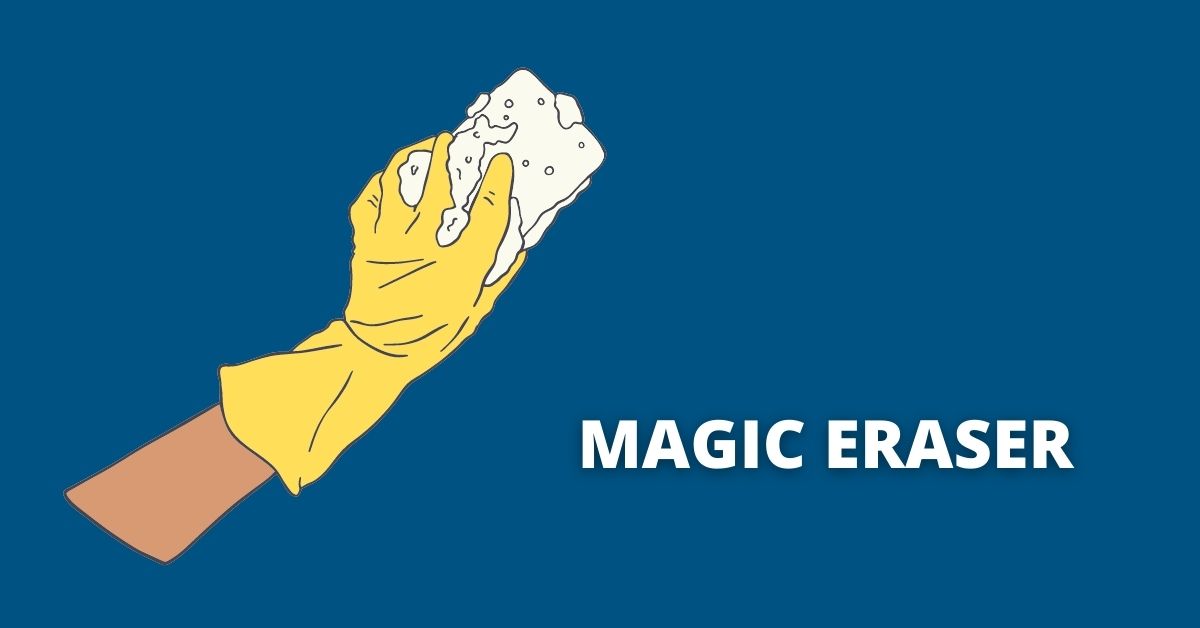
Magic Erasers are one of the popular cleaning products used in homes. They are actually melamine foam erasers that work as very fine sandpapers. They are very efficient in tackling hard stains on walls such as crayon marks and other tough stains.
Having said that, these erasers can be used on bathroom walls for removing Brown sticky drip marks from bathroom walls that resulted from smoke.
However, when using them on your bathroom walls, you have to be gentle because they are very abrasive and may scratch your walls.
YOU’LL NEED
Magic eraser
Water
Towel
STEPS
STEP 1- Wet the magic eraser with water and squeeze out excess water.
STEP 2- Test the magic eraser on a small portion of the wall to see if it does any harm to the wall. If not, go to the next step.
STEP 3- Proceed to use the damp magic eraser (gently to avoid scratches), to wipe the sticky stuff off your bathroom wall.
STEP 4- Repeat the process until the wall is clean and dry with a towel afterward.
Method 6: Using Oxygen Bleach Powder
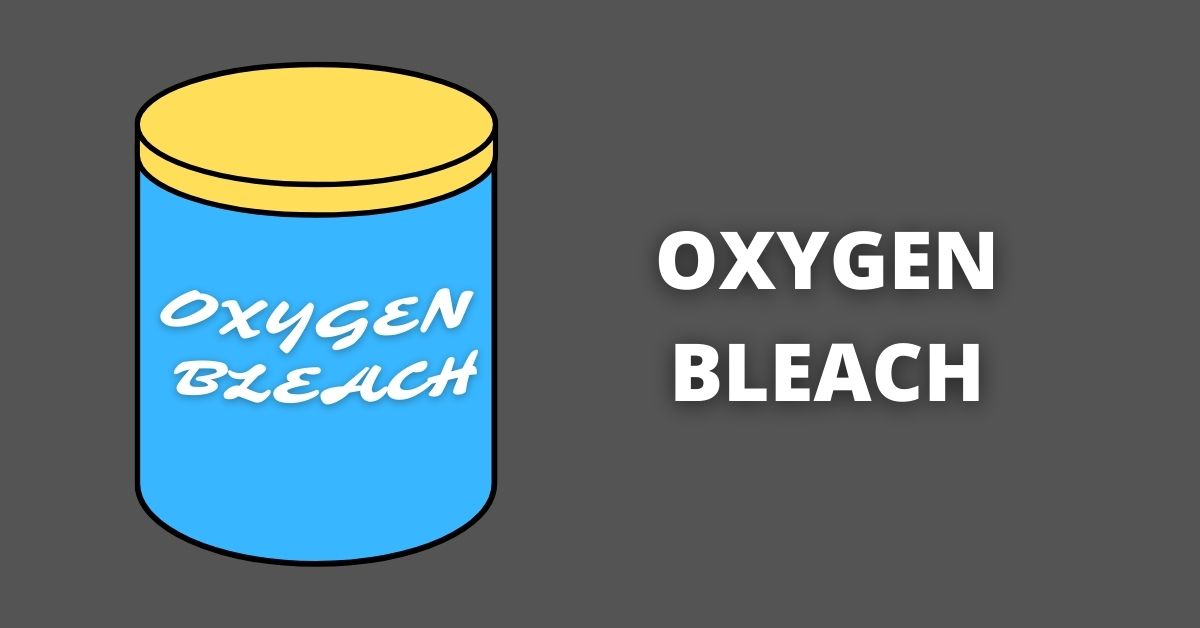
Oxygen Bleach releases oxygen upon exposure to water. This oxygen release lifts off the stains or marks from surfaces that are being cleaned. (4)
YOU’LL NEED
Rubber gloves & safety glasses
Oxygen bleach
Hot water
Sponge
Clean cloth
STEPS
STEP 1- Prepare a mixture of oxygen bleach powder and water by mixing one cup of oxygen bleach with a gallon of hot water.
Ensure you wear rubber gloves and safety glasses because the solution can damage your skin in case of any splash.
STEP 2-Immerse a sponge in the mixture and use it to wipe the walls working from top to bottom.
STEP 3-Rinse with water after the stains are gone, and use a clean cloth to dry the wall afterward
Method 7: Using White Vinegar & Baking Soda
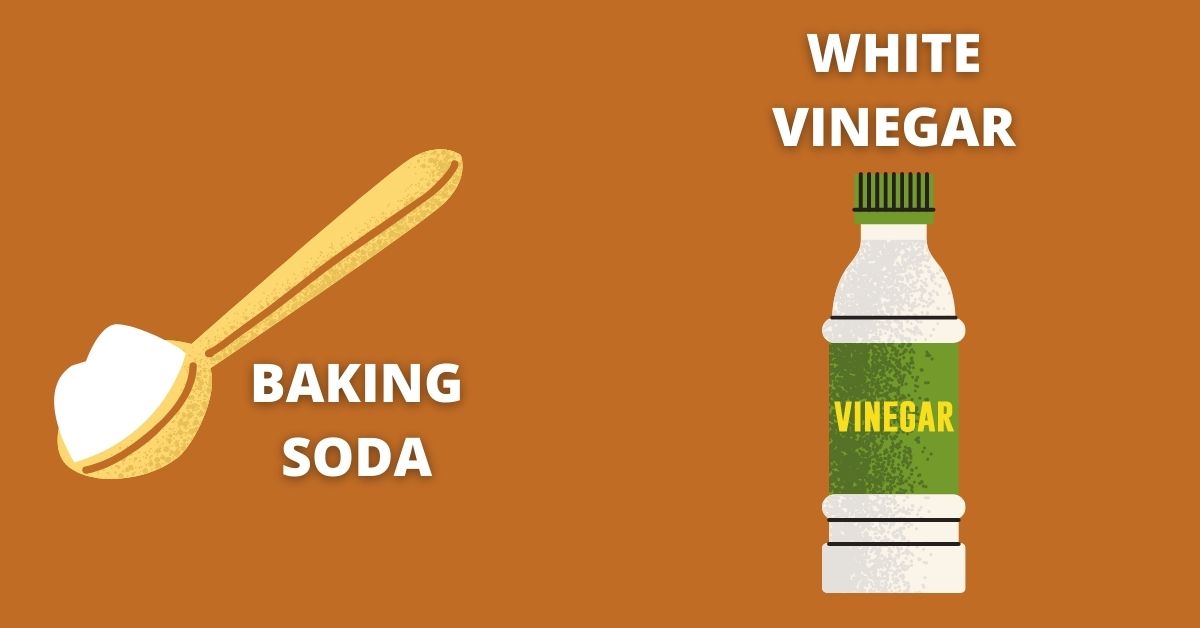
YOU’LL NEED
White vinegar
Water (1 Gallon)
Bucket / Spray bottle
Towel (2)
Clean cloth
Baking soda
STEPS
STEP 1- Prepare a solution containing white vinegar and warm water by mixing three tablespoons of vinegar with a gallon of water. You can leave the mixture in a bucket or put some of it in a spray bottle to enable you to work faster.
STEP 2- If using a bucket, dip a clean towel in the bucket and squeeze out the excess solution from it until it becomes damp. Then use the towel to wipe the sticky areas of the wall in sections.
After cleaning a section, ensure you rinse and dry it with a clean towel immediately to prevent water stains from appearing on the wall.
If using a spray bottle, spray a small amount of the mixture on a small portion of the wall to see if there are any side effects. If there are none, proceed to spray the sticky parts of the wall with the mixture and use a clean cloth to wipe and scrub afterward.
Repeat the above process, and work in sections until the sticky substances have been cleaned off the wall.
STEP 3- If, after cleaning, the sticky substance remains, you can add one-quarter of a cup of baking soda to the mixture. This is because baking soda will make the solution more abrasive.
Bonus Method: Using Hydrogen Peroxide
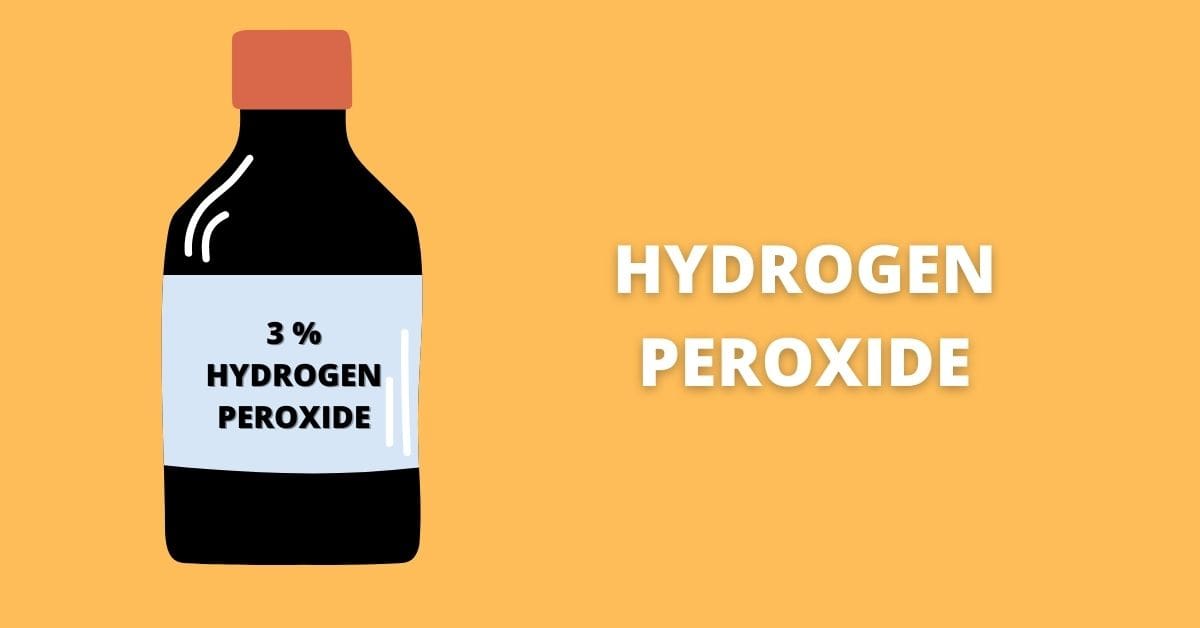
Hydrogen peroxide is a common cleaning material that is safe to use and has little to no odor.
YOU’LL NEED
Hydrogen peroxide
Opaque spray bottle
Clean cloth
STEPS
STEP 1- Pour hydrogen peroxide into an opaque spray bottle and spray your bathroom walls with it.
STEP 2- After half a minute, wipe down the surface with a clean cloth.
Why Do My Bathroom Walls Sweat Yellow?
When you observe that there are sticky yellow spots on your bathroom walls, it may be time to review the activities in your house.
1- Any activity involving smoke or tar usually results in deposits of yellow stains on walls.
2- Sometimes, the heat from your gas can also contribute to the sticky yellow stains.
How to Prevent Sweaty Bathroom Walls?

1- Ventilation: Ensure that enough air is flowing in and out of your bathroom at all times, and most importantly after steam baths. If you don’t have one already, install an exhaust fan (The size will depend on the amount of moisture that collects in your bathroom).
2- Immediate action: When you observe that the walls are getting sweaty due to the condensation of steam, you can use a dry cloth to wipe down the moisture.
3- Use the right Paint: When painting your bathroom walls, use paints that are resistant to condensation. Use Oil-based primers and they won’t let moisture penetrate your walls.
4- Fix those leaks: Whenever there is a leak in the bathroom, try to get it fixed. Leaks result in moisture which may lead to condensation and wall sweating.
5- Remove those damp things: Do not let damp bathmats, towels, or clothes sit in the bathroom for a long duration as these will cause moisture and then ultimately, condensation. Using an electrically heated towel rail might help by keeping the towels dry.
6- Use a thermostat: This will keep the environment warm and prevent condensation in cold weather.
Conclusion
Though it may seem gross and frustrating to have sticky bathroom walls, you now know the most probable causes and the solutions as well.
Use any of the methods that suit you and share your feedback.
Cheers!

